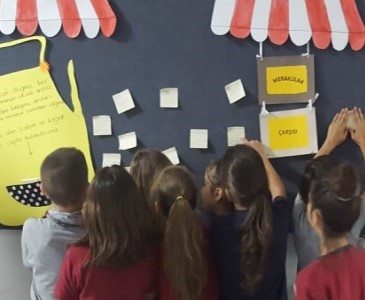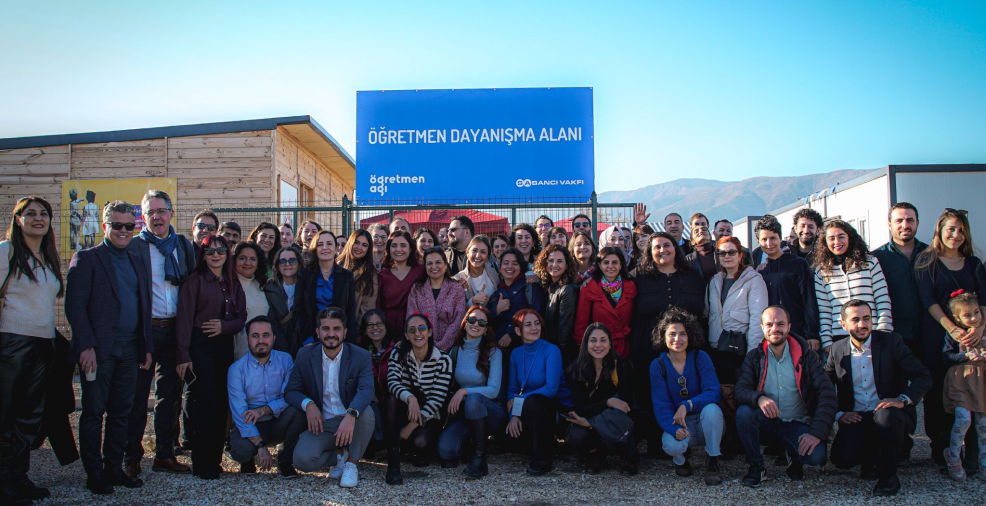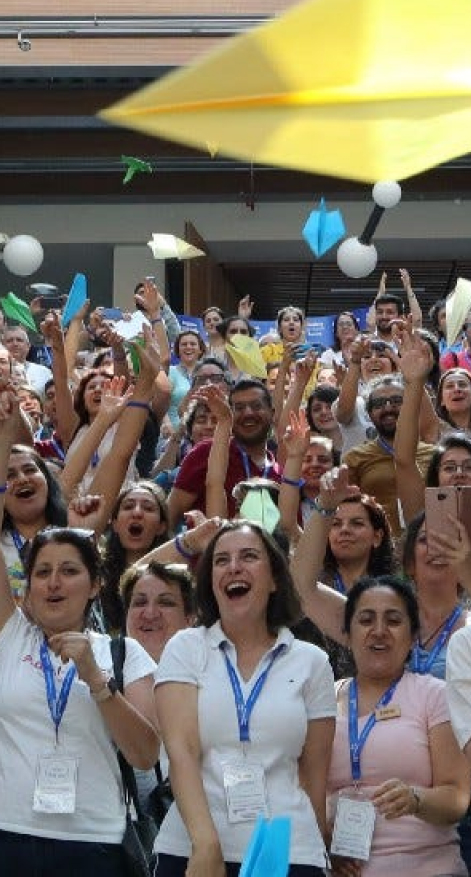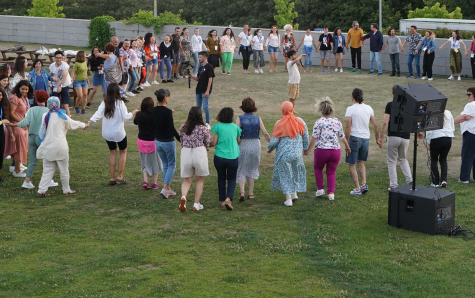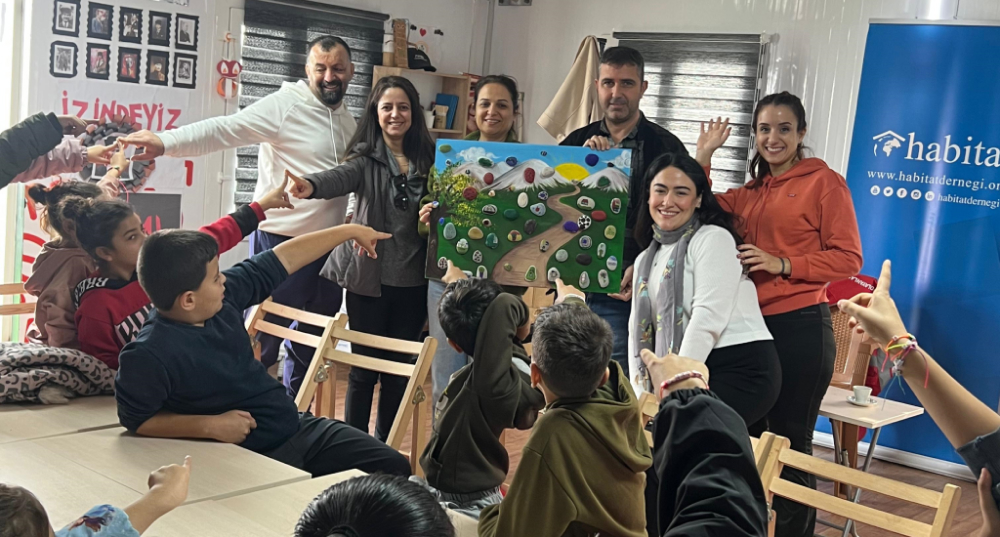What was the Problem?
Students are unable to find an environment in schools where they can ask any question they are curious about, find answers to these questions, and are encouraged to ask more questions.
For students, curiosity is becoming a non-visible and unwelcome concept that does not produce positive results. This discourages students' curiosity for learning and desire to ask questions. So, "How can we make the positive results of curiosity visible?"
Solution

In the problem solving process where Design Oriented Thinking methodology is used, it was observed that one of the biggest obstacles to learning curiosity was not-encouraging students and not-giving them an opportunity to ask questions.
Curiosity is identified with "negative consequences" and with the risk of "getting into trouble". The need for confidence comes before curiosity. To improve students' sense of curiosity and develop a habit of asking questions, the "Curiosity Street" was developed that allowed all students to ask questions anonymously.
In this activity, a panel is prepared by a teacher and a group of students chosen by the teacher in an empty space in the school. This panel contains a section with instructions, post-it notes, and color pens. The panel is divided into two with a line: on one side is written "I wonder..." and the other side "I know ..." Once set up, the "Curiosity Street" is announced to the whole school with fun and interesting methods such as songs, music, etc. Students and anyone who is interested write their questions on post-it notes anonymously and post them on the "I wonder..." side of the panel. If there are any questions whose answers they know on the "I wonder..." side, they take these notes, write the answer of the question, and post them on the "I know..." side of the panel. Teachers visit the Street at regular intervals. They read the questions and answers, mark the answers they find satisfactory or creative with stars, and write feedbacks that encourage students to ask new questions. Questions and answers can be shared in class, announced at school or shared in the digital environment. Feedback is received from students and teachers at the intervals determined by the teachers. Students conduct research on a topic or question they are curious about and prepare a presentation. In a meeting where parents can participate, a presentation is made about the topics of interest.
Its Effect
In this process, there was an increase in the frequency of asking questions and the diversity of the questions. The students were inspired and fed by each other's ideas. A positive attitude towards curiosity occurred throughout the school.
Contributors
Esra Ökti (Classroom Teacher), Meriç Dönmez (School Counselor), Pınar Göcen (Turkish Teacher), Özlem Ünal (Science Teacher), Derya Gürel (English Teacher)


